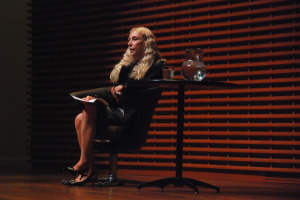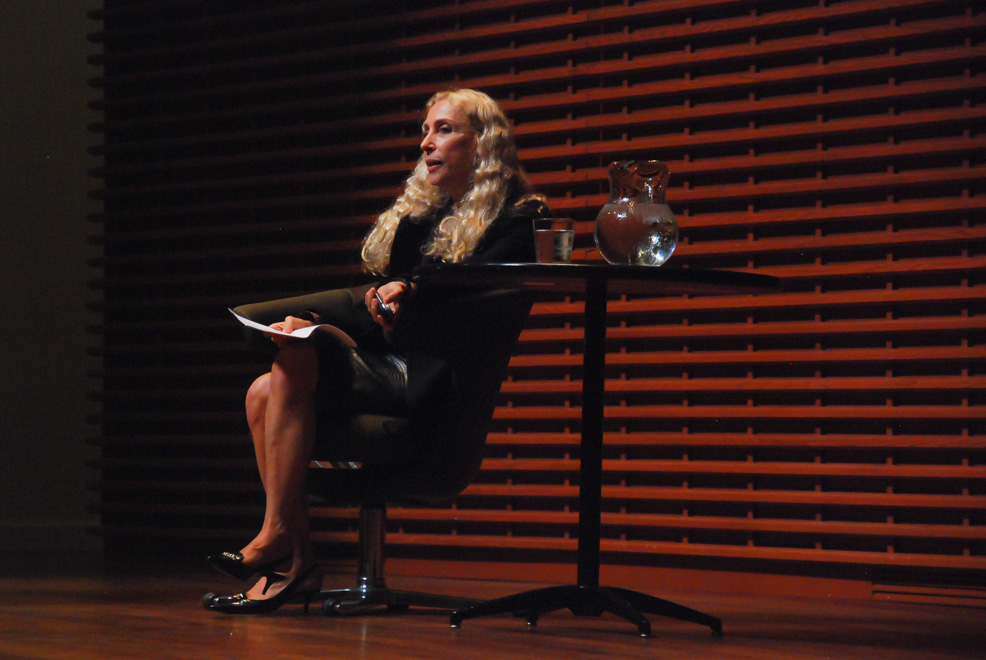
Franca Sozzani sat in a side room of Bing Concert Hall with her iconic flowing blonde hair, sparkling azure eyes and the wise poise that is always in style – or at least has been for the past 26 years that she has reigned as Vogue Italia‘s Editor-in-Chief. Also appointed as Editor-in-Chief of Condé Nast in 1994, Sozzani has spent many years in fashion’s global spotlight, making some of the most notably inspiring and controversial moves in the industry. Using fashion as a medium to send powerful social, political and environmental messages, her role as a trendsetter goes far beyond denim and plaid.
“Fashion is not only a pair of pants and a t-shirt,” Sozanni explains. “It is our international language and our way to communicate with other people. So why not use fashion to communicate messages?”
Through the “international language” of fashion, Sozzani has boldly addressed issues that others in the industry shy away from – or even perpetuate.
The same year that New York Fashion Week featured African-American models a mere five percent of the time in 2008, Sozzani released the first-ever “Black Issue” of any mainstream magazine to feature only black models throughout the publication. In 2011, she launched Vogue Curvy, an online branch of Vogue which shares fashion news and style ideas for the more fully figured.
Sozzani also serves as a Goodwill Ambassador for Fashion4Development, a campaign of fashion-based initiatives that support the United Nations in its efforts toward Africa.
As she told Time, “Italian is only spoken in Italy, so our images have to be very strong to attract attention.”
In Sozzani’s presentation to the wider Stanford community on Nov. 14, she traced aesthetic historical similarities between apparel design and films. It was an ode to this aspect of her work – imagery – that she appreciates for its fluency in universal expression.
“What I love most in my work is the image, the vision. I’m always looking for a very strong concept,” said Sozzani.
This value of transmittable, self-explanatory images might explain her “Makeover Madness” issue, which explored the plastic surgery craze by posing models in bandages about to go under the knife. Or the “Homeland Security” spread that depicted models holding machine guns.
Sozzani also shared her belief that technology has indisputable relevance. But she warns against the mentality that feeds the “fuzzy-techie” divide at Stanford that draws distinctions between “soft” and “hard” skills.
“Technology is, for sure, something that you could not live without today. [Still,] technology has allowed everyone to be more or less a bit the same – you have to have…your own soul, your own way, your idea, your dream. The most important thing is to put creativity and technology together,” she said.
As Sozanni said, “fashion is a mirror of the time”; clearly, the Italian editor and best-dressed trailblazer is unafraid to reflect the times in all their beauties and faults.
Contact Jenna Shapiro at jennshap ‘at’ stanford.edu.
